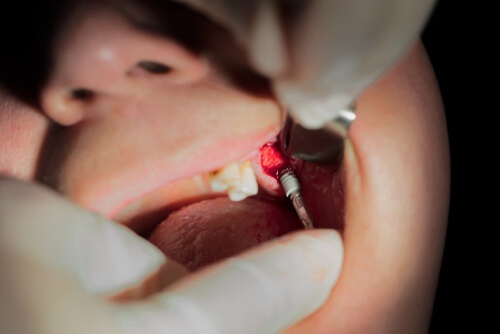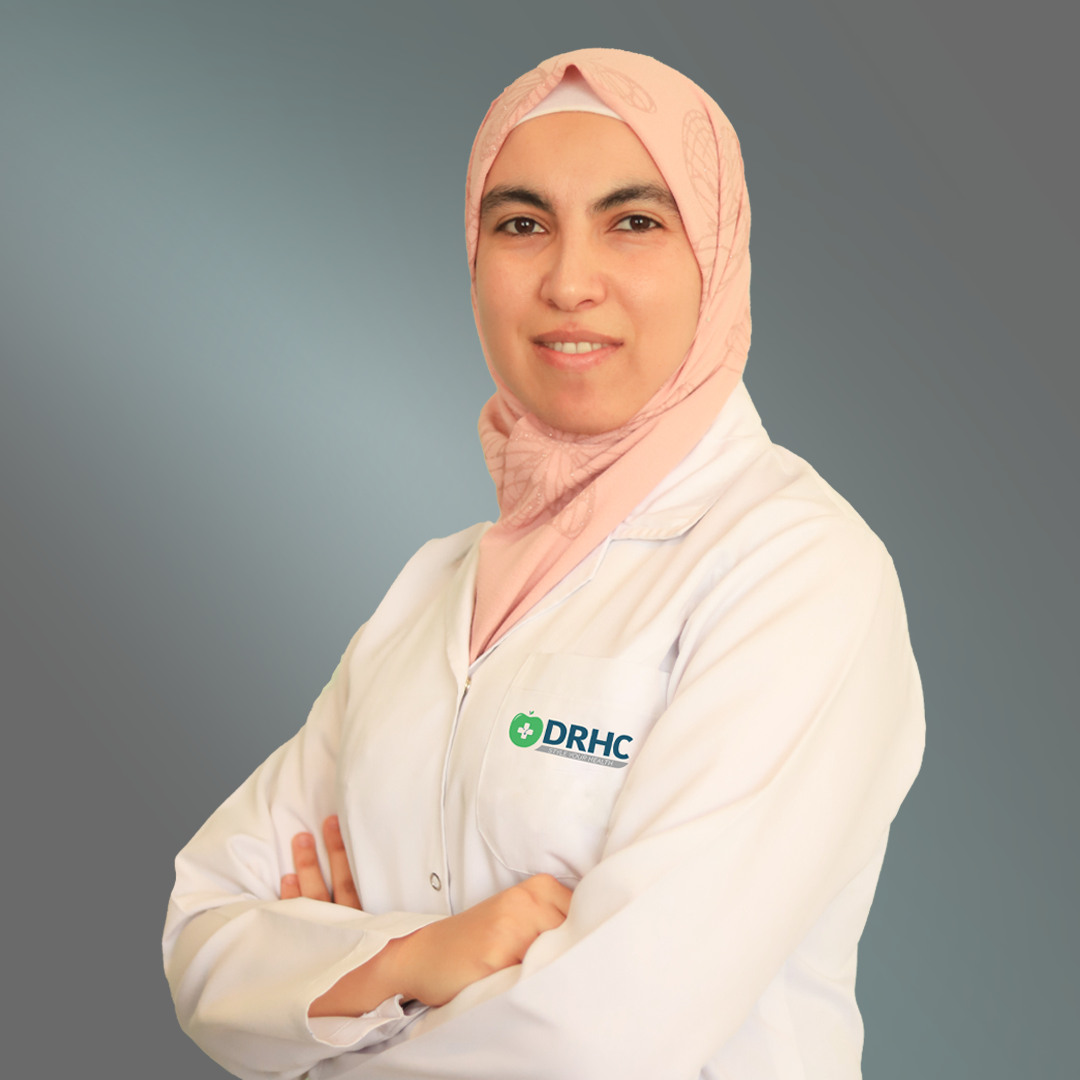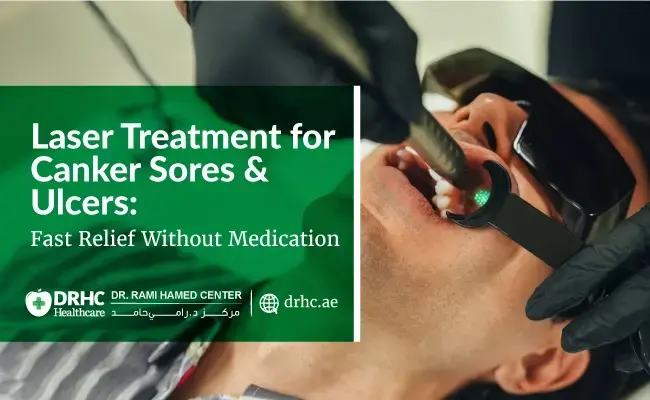
What is a bone graft in dentistry?
Bone grafting in dentistry is a surgical procedure used to rebuild or strengthen the bone to increase the chances of an implant successfully fusing with the jaw, before starting with prosthetic restoration.
In a bone graft procedure the oral surgeon will harvest bone from your own body or use a special bone grafting material, and transplanted it onto your jaw bone.
After waiting several months new and strong bone will be created to make sure that the implant will be stable and secure and sometimes the implant will be inserted simultaneously,
Which material is used today?
Nowadays there are many materials used to restore the missing bone including natural and synthetic:
- Autografts (autogenous): are taken from the patient and usually harvested from the chin or the area behind the lower wisdom teeth. When available, autografts are considered as the gold standard in bone grafting.
- Allografts: are taken from a human donor bone. They come from a reputable and reliable tissue bank and considered to be sterile and safe as a proper treatment option.
- Xenografts: are from a species other than human such as bone of BOVINE origin, they are known for their good biocompatibility with the human bone.
- Alloplastic Grafts: are composed of natural or synthetic materials that are not taken from an animal or human source, the reason many dentists prefer it is that they do not require tissue to be harvested from another source.
The oral surgeon will make his choice depending on the quality and quantity of the bone, this will all be discussed as well as other details with your surgeon in an appointment before the procedure.
Once the bone grafting is complete, the rest of the implant surgery can proceed. As with any surgical procedure, it is important to discuss your personal medical history and all the risks and benefits of the surgery with your oral surgeon. Once your doctor decides you are a good fit for the procedure, you can look forward to a brand-new smile.
Here are some essential and simple tips that you should follow the procedure:
- For the next 14 days after surgery, when brushing your teeth use a toothbrush with soft bristles, and avoid the surgical area and use mouthwash if recommended by your dentist.
- Avoid coffee, alcohol and smoking for 2–3 days after the procedure. This reduces the risk of post-surgical bleeding and promotes better wound healing.
- It is essential to attend the follow-up appointments with your dentist even if healing is uneventful
- Looking forward to seeing you in our clinic to discuss your individual case and your options in details
Topic: Dental




.jpg)





Leave a comment